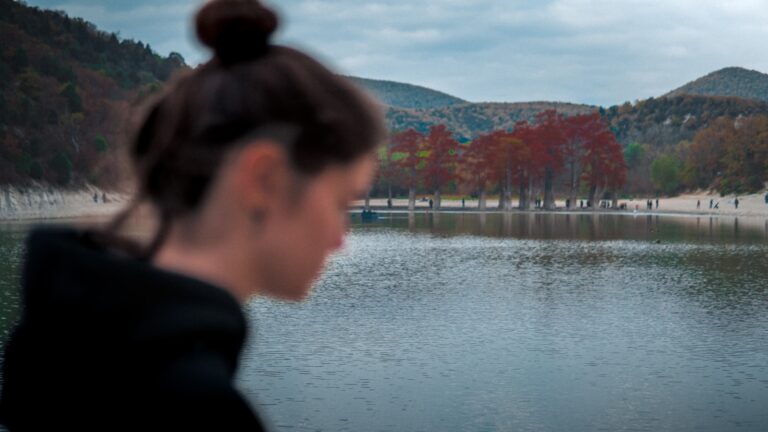MESSAGE FROM FAUST
What message does Goethe want to convey through Faust? For me, Faust raises many questions, including the Faustian pact with the devil, which is why I went in search of answers.
The Faustian deal with the devil can evoke the idea of an individual or a group of people, who, in order to amass wealth or any benefits, are always ready to abandon the values or ethical principles they have learned and applied for a long time.Their greed rises, overshadowing everything.
Nowadays, there are plenty of people and groups who do such things without fearing the consequences!
Goethe’s Faust has greatly influenced almost all Western art forms. In Germany, many writers were captivated by the legend of Faust. They feel that Faust represents the spirit of the German people. Many plays, epic poems, and novels have explored this legend. The famous German writer Thomas Mann wrote the book Dr. Faustus, in which he compares Faust’s pact with the devil to the way many Germans supported Hitler.
Goethe’s Faust is one of the most famous literary works in the German language. First published in 1808, but Goethe wrote it from 1795 to 1796, when he was 28 years old. As of now, this epic work has been translated into more than 30 languages.
Now his name has become permanently embedded in everyday life with cultural and artistic dissemination institutes and many aspects of German life bearing his name. In Vietnam, there are two Goethe Institutes, one in Hanoi and one in Ho Chi Minh City.
In fact, there are two Fausts, but I have only read Faust I through the French translation by Gérard de Nerval, a quite famous writer as well.
Regarding the second Faust, which Goethe completed in 1831, according to historical records, Faust, still accompanied by Mephistopheles, was welcomed at a court and performed magic there. Thanks to that, he helped the emperor escape from debt.To continue entertaining the emperor, he even used magic to summon the beautiful Helen of Troy. But then Faust unexpectedly fell in love with this extraordinary woman, traveling to the ancient world to live with her, experiencing a passionate love, only for the lovers to eventually part ways. And Faust continued to help the emperor defeat a dangerous rival.
The emperor rewarded Faust by granting him ownership of an entire province.Faust built a dam out to sea, drained the water, creating an area that could be cultivated and inhabited.With this useful work, he finally felt satisfied. But he uttered terrible words, then passed away.
This second, more challenging part, depicts a Faust yearning for power and wealth, serving the emperor in his own way, returning to ancient times to seek Hélène, the most beautiful woman, but ultimately having to depart from this world. Faust II seems to have preserved the cultural traditions of the West, evaluating the modern era with insight and representing a synthesis of humanism with Goethe’s romantic art…
Leaving the Goethe house-museum, the image lingering in my mind, of course, is Goethe. It felt as if I had encountered him, as if I saw him—a significant author of German literature, much like Victor Hugo for French literature—immersed in his manuscripts…




